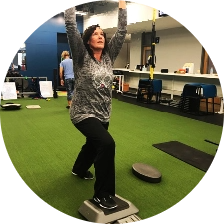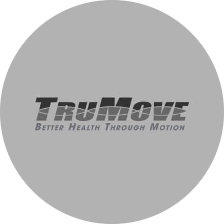Blog
December 27, 2022
Prevent Incontinence with Proper Exercise and Movement: Maintaining Pelvic Floor Health for a Lifetime

Research indicates that as many as 75% of nursing home residents are incontinent. The main reason for this is inactivity, which turns off the Pelvic Floor. And we don’t have to be in a nursing home to become less active enough for pelvic floor issues to arise. This is why maintaining an active lifestyle, good posture, and core floor strength is critical.
I use nursing homes as an example of how bad inactivity is for us because everyone can picture what a nursing home looks like. Elderly patients in wheelchairs or in their beds, resting. If they are in good health maybe they are taking a chair exercise class periodically, or walking slowly up and down the hallway. What we don’t see is that most of them are incontinent.
We need the muscles of the pelvic floor to control our bladders and bowels properly. And the only way to keep the pelvic floor functioning well is through three-dimensional movement patterns of the hips, pelvis, and spine.
Many of the activities we perform each day encourage poor posture, which plays a huge role in weakening the pelvic floor muscles and a lot of other muscles along the way.
For example, bending forward to pick up laundry, reaching into the car for grocery bags, lifting our children, holding a leash to walk a dog, and leaning over a desk, all of these tasks encourage a rounded-shoulder posture with a forward head and bent-forward spine. Combine this with the sitting many of us do for prolonged periods of time (working at a computer, driving on our commute, or sitting at our kids’ sporting events) – it’s all a recipe for disaster.
Bent-over posture, known as kyphotic posture, develops gradually over the years and causes the shortening of the muscles in the front of the chest, hips, and pelvis. As the muscles shorten, they become tighter and weaker making it more difficult to work efficiently. As the entire core weakens, internal organs begin to lose their muscular support network further stressing and weakening the pelvic floor. When pelvic movement is decreased further, the viscous cycle begins to spin out of control for many people.
Don’t confuse your busy lifestyle with the exercise your body needs to stay healthy. Exercise that keeps our pelvis, hips, and spine moving in all directions is easy to learn.
Learn to turn on your core and pelvic floor now by learning to exercise properly. Then you can maintain it throughout your lifetime and avoid problems like incontinence in your later years.
Try a free pelvic floor workout from the My Core Floor Program:



 Overland Park
Overland Park









